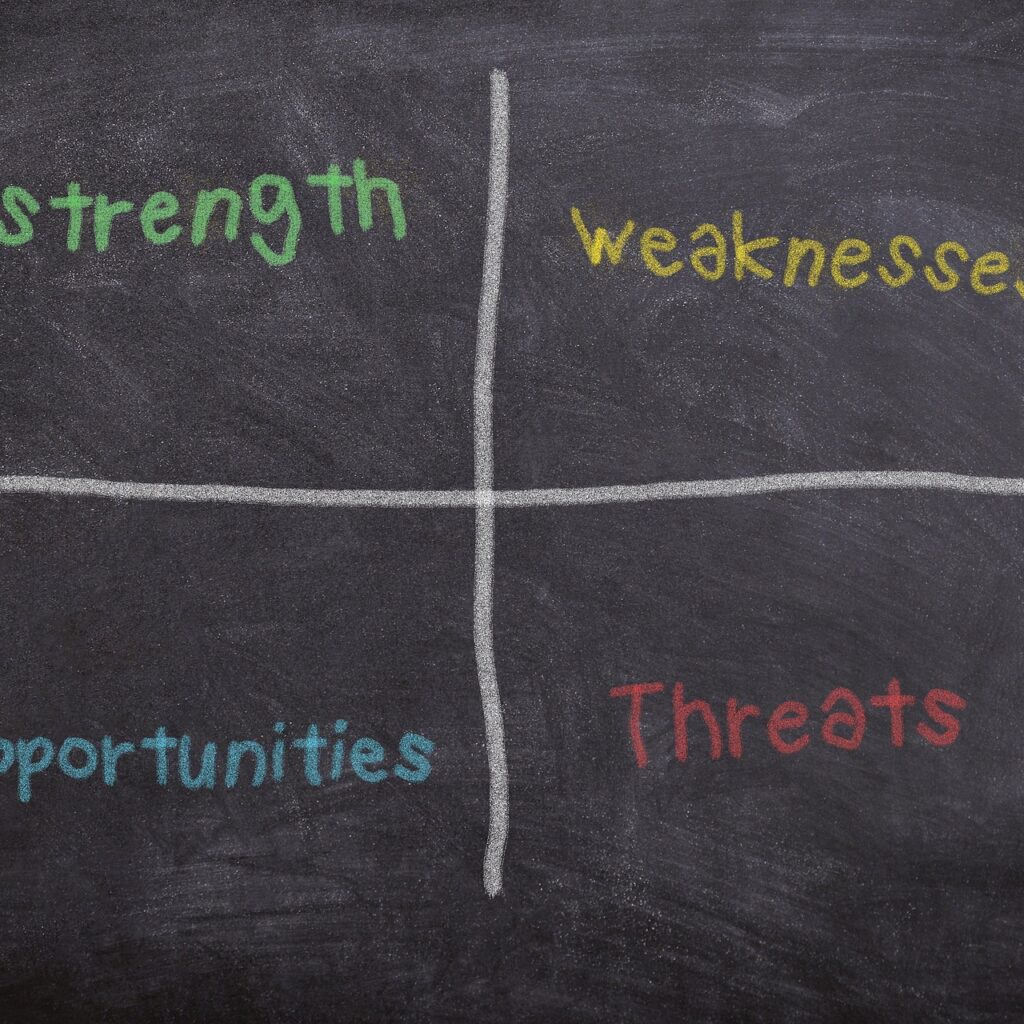
Choose The Best Solution.com
A business feasibility study is crucial before you start any new venture. It is the study you need to do before doing a SWOT analysis and action plan. And definitely before writing a business plan. It is a necessary step of fact-finding to assess the potential of your concept for a small business.
If the idea is a ‘goer’, the feasibility study leads to a detailed business case.
WHAT FEASIBILITY STUDIES WILL TELL YOU:
- If you’re starting a new project, the feasibility study asks the obvious questions:
- Why would customers switch to your business?
- What will you offer (other than lower price) that would draw competitors’ customers to you and generate the cash flow you need immediately to open the doors?
- For an existing business, whether the asking price can be justified, or what will the impact be on your existing resources as you fund the new project.
- A feasibility study will also tell you the appropriate amount of funding required in terms of initial capital and cash outlay, how long before the business reaches break-even and then the extent of expected profits and cash flow, if it survives the initial start-up challenges.
- The management and business skills needed – any deficiencies you may have and what it will require to address.
- The legal issues that must be considered, the appropriate legal entity, use of patents, trademarks, trade names, contracts, business names, leases, supply agreements, etc.
POTENTIAL REVENUE:
The first unknown in your feasibility study is the level of activity and revenue your venture will generate, short and long-term.
This affects your income – how quickly or slowly your business will take off (whether it can reach its break-even level) and then go on to maintain your desired lifestyle needs.
The following revenue assumptions will determine the success/feasibility of your business:
- Pricing policy: discount or premium pricing? Do you discount to loyal customers? If so, how much?
- Competitor reaction: any win will be made at the expense of existing competitors.
- Marketing strategies: what programs and commitments are being put into effect?
COMPETITORS:
At the beginning, you are not the only small business in the marketplace. Any client with whom you do business or any customer who buys your product will have to choose your business over others.
A clear and honest review of your existing and potential competitors is fundamental to success.
Understand what current competition are likely to do in the face of your new operation that could trigger a price war, special promotional offers, new marketing program or new branding.
BUSINESS ENVIRONMENT:
The general business environment will affect your business, so study that environment for both revenue and expenses.
Economic conditions:
- Interest rate movements or exchange rates
- Rising or falling unemployment, availability of labour
- Inflation
- Rate of growth in business, particularly your operational area
- Business sentiment
Technological impact:
- How advanced communications affect the business
- Rate of growth in advanced technology
Political and commercial factors:
- Government regulation or control in your area of expertise or the organisations/businesses you will be dealing with
- Rates of taxation or new taxation regimes
- International events and the policies of foreign governments
YOUR COMPETITIVE BUSINESS ADVANTAGE:
If your business offers clients a competitive advantage it is more likely to succeed. Competitive advantage is reflected in:
- Unique product or service
- Personalized service
- Better quality
- More favourable price
- Availability at short notice or longer operating hours
- Convenience
To assess your competitive advantage and whether you can attract and retain enough clients, you need to make two lists:
- Why clients would deal with my business?
- Why clients would deal with another business?
This assessment will show you what it is that attracts customers or clients to your business. It will help you create suitable plans for your business. And, also helps identify the competitive advantage of your competition.
ESTIMATE OF EXPENSES:
When calculating your expenses, you need to identify both your fixed overheads and variable.
Determine annual estimates as presented below:
Major Expenses
- Rent, office costs
- Accounting/administration
- Insurance
- Electricity/Gas
- Interest on borrowings
- Motor vehicle expenses
- Promotional expenses (marketing/advertising)
- Professional advice fees (legal and accounting, etc.)
- Stationery
- Subcontractors
- Technology set-up and updates
- Wages
- Other costs
CAPITAL REQUIREMENTS:
There are some crucial funding issues that must be addressed before you start your business:
- Will you have enough capital?
- What will your initial capital investment be?
- How much extra cash will you need?
- How much working capital will you need?
The following expenditures need to be considered as important cash outflows that must be funded from the start. These are the one-off investments you need to make.
- Capital costs, including office and factory equipment, tools, computer/software, copier, etc.
- Other set-up costs such as major consumables, artwork, brochures, signage, stationery, etc.
- Now add 20 per cent just to make sure your initial estimate is adequate.
Many new businesses fail because they are undercapitalized and run out of cash before the business is established and ongoing operations can provide the funds required.
CASH FLOW ANALYSIS:
A month-by-month cash flow forecast will allow you see the cash flow and balance the consequences of your forecasts.
You need to be aware of your cash flow needs before you start your business venture.
Headings For a Business Annual Cash Flow Analysis on a monthly-basis:
- Opening cash at bank (OC)
. Business Receipts:
Credit sales
Cash sales
. Borrowings undertaken
. Owner’s funds contributed
. Other receipts
. Total Receipts (R)
- LESS cash payments
. Advertising
. Wages/ subcontractors
. Materials/supplies
. Rent
. Loan payments
. Asset purchases
. Owner’s drawings
. Total Payments (P)
NET CASH FLOW (CF) = Closing cash position at bank (CC)
Where (CC) = OC + R – P
CONCLUSION:
So, a properly constructed feasibility study should include:
- What return, if any, the business will give
- What effort is involved and what actions are required
- What risks are involved
- How much investment you will need
- How secure your financial investment will be.
A feasibility study will increase your chances of success or, and this is just as valuable, may prove that your proposed venture was never going to prosper.
A crucial approach is to look realistically at how your new venture may go and then halve the projections you make – then see if it is still feasible.


